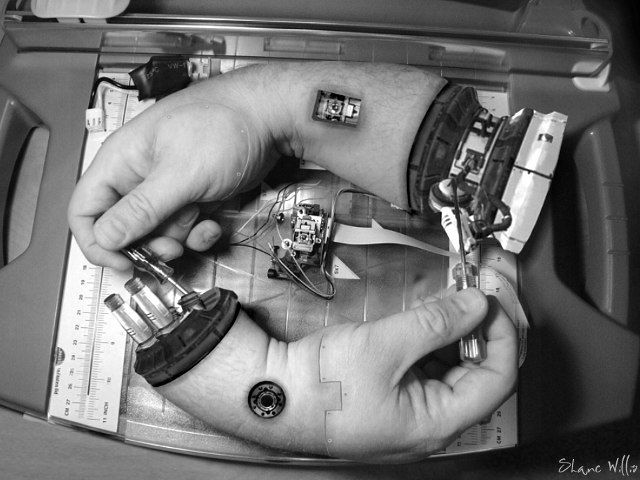This is a session about how university and companies can collaborate to innovate.
Dr. Jan-Anders Manson, Ecole Polytechnique Féderale de Lausanne (EPFL)
A very big difference in the investment in US and Europe. Our (european) partners usually are big companies, but the majority of companies are SME. 80% of manufacturing industry in EU is traditional, focused on conversion via raw material, labor and energy. There’s a big difference in market capital and No of employees in Hi-Tech companies, so there is in their creation time.
What universities can do to inprove innovation and contribute to the creation of new companies? One key concept from universities is support to their best entrepreneurs, by (i) encouraging the enterpreneurial mindset, (ii) offering a network of competences and (iii) providing financial grants to develop an idea.
Explaining a lt of examples of tech transfer with companies that show that this approach works. Anway, it doesn’t seems a very «open» approach. A good example of collaboration, implication of students in project development and solving real-world problems, promoting innovation inside university. But I consider it is a closed and ‘traditional’ approach.
Dr. Andreu Mas-Colell, Professor of the Universitat Pompeu Fabchecked in indexra.
The European Paradox: Europe does not innovate enough in spite of its first-rate science. Why? not enough expenditure in R&D (proposed 3% PIB, don’t reached) and transmision rigidities from the ‘knowledge’ sector. But the diagnostic is not complete: Europe is not the first, but the secondUSA is the first).
The challenge in Europe: The VII Framework Program. The difference with previous one is that this is a diversification exercise: 15% in the European Research Council. But compared with NSF and NIH is very (too?) small. Its emerging doctrine: the three R’s: Retain, Repatriate and Recruit
Mr. Tom Hockaday, Managing Director, Isis Innovation Ltd.: Technology Transfer from the University of Oxford.
Technology is a cost; you don’t make money from technology. So Universities need business to comercialise its research. But they are very different (a chalk is not a cheese).
Again, as in the first case, I guess that is a closed innovation (transfer) model, based on licenses to finance the research. I am a bit dissapointed. I was waiting for an innovative viewpoint for innovation.
At the end, is just a list on nunbers and a description of how Isis works. Nothing specially important. To conclude, univ and business exists for different reasons but they can benefit from working together. This is not easy, so skilled intermediaries are needed.
 Bueno, o casi. A mi me ha llegado un email avisándome, pero en la web de Asus aún no aparece y en la web del Asus EEE tampoco hay más información de la que había hace unos meses, como precios y configuraciones (actualización 21.37 configuraciones disponibles). En cuanto sepa algo más os voy contando.
Bueno, o casi. A mi me ha llegado un email avisándome, pero en la web de Asus aún no aparece y en la web del Asus EEE tampoco hay más información de la que había hace unos meses, como precios y configuraciones (actualización 21.37 configuraciones disponibles). En cuanto sepa algo más os voy contando.

